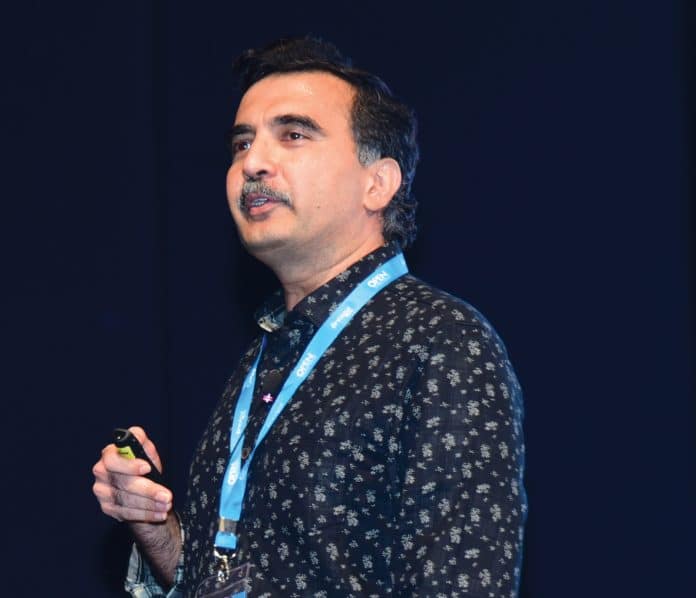Pradeep Balachandran, keynote speaker on Day Two of Open Source India 2018 and Program Director at IBM, speaks with Dilin Anand from OSFY about his personal views on the evolution of open source.
Q If we were to consider the journey of open source till now, what stage are we at right now?
We are at a point in time that marks the second coming for open source. Why? Open source is now mainstream. We are in an interesting era where there is a lot more adoption of open source. Companies are finally using open source for the greater good and to innovate at scale.
Q What do you believe was the trigger for this second coming?
Technology is changing faster than ever before. For businesses, this means, they need to adopt the latest technologies faster to stay relevant in the market. How do they do this? They need to partner with others; the natural choice is to partner with open source communities. With open source, the whole is larger than the sum of its parts.
Q How about an example to prove that point?
Kubernetes is a recent example where various organisations came together to take it forward under the Cloud Native Computing Foundation (CNCF). CNCF was formed with Kubernetes as the first project, and now hosts many projects that are building blocks of the cloud native software stack.
Q What kept businesses from tapping this potential of open source?
There used to be a misconception – that it is too risky to build on top of open source technology. The truth is that risk always exists irrespective of whether the technology is proprietary or open. With open source, the technology remains open and as long as there are enough contributors, the project will live on.
Q What should new businesses that are considering open source keep in mind?
The most important point to keep in mind is that they should actively contribute to the open source community in addition to being a consumer. Businesses could be a member of one or more open source communities and should actively encourage their teams to contribute to open source technologies. Being a consumer is not enough; firms need to have skin in the open source game to sustain the benefits.
Q What is your advice to those interested in contributing to open source?
Contributing to open source is not for everyone. They need a social mindset. They need to be selfless. There is no room for ego in an open source community. We all know that everyone has a goal – it is about how noble that goal is. Organisations that recognise that knowledge sharing in a diverse group is essential for innovation, benefit the most.
Q Before we wind up this chat, let’s talk buzzwords, starting with ‘Blockchain’.
Blockchain was invented for a specific purpose; later on, it was adapted as a distributed ledger to digitally execute multi-party transactions. IBM joined hands with the Linux Foundation in 2016 to establish the Hyperledger open source project for Blockchain and related tools. Blockchain is expected to revolutionise financial, logistics, supply chain management industries as it opens up new avenues for innovation.
Q And lastly, what are your views on ‘Automotive IoT’?
Open source in automotive is becoming increasingly popular today. As IoT frameworks evolve and security services mature, we see Automotive organisations collaborating and innovating in open source to build next generation connected vehicles. Those of you interested in this space are encouraged to follow the Eclipse Automotive Working Group under the Eclipse Foundation.

















































































Good answers. Thank you, Mr Pradeep.